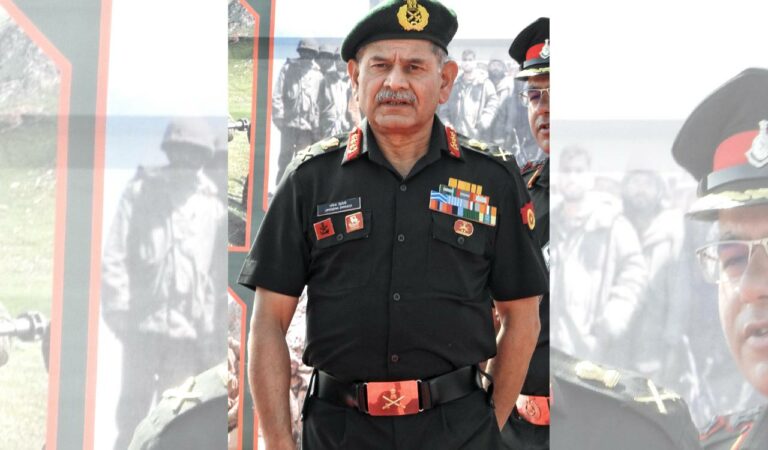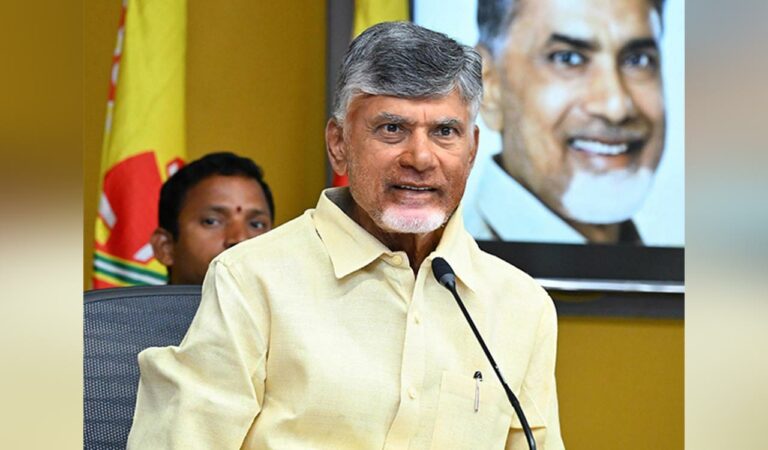
Wedged between two hostile neighbours — Pakistan and China — India cannot afford to slacken the pace of modernisation of its military forces. The new Chief of Army General Upendra Dwivedi, a technology-savvy officer who played a key role in the modernisation drive in the Northern Command, knows this too well. In fact, General Dwivedi is a strong advocate of the indigenisation of weapons and equipment to make the country self-reliant as part of the ‘Atmanirbhar Bharat’ initiative. Soon after taking charge, he spoke about boosting indigenous initiatives and inducting maximum war systems and equipment that are manufactured within the country. The Indian Army faces a unique operational challenge in view of the rapidly changing geopolitical landscape, particularly at a time when it is locked in a difficult border standoff with China at the Line of Actual Control (LAC). It is incumbent upon the military leadership to provide state-of-the-art weapons and technology to soldiers and continue evolving war-fighting strategies to tackle any kind of conflict. The question that arises is whether India is adequately equipped in terms of developing indigenous weapon systems. In the last few years, the country has taken a slew of measures to boost self-reliance in the defence manufacturing sector. Apart from a series of phased import bans, these steps include creating a separate budget for buying locally made military hardware, increasing foreign direct investment (FDI) from 49% to 74% and improving ease of doing business. However, it is still a work in progress.
It must be pointed out that large-scale indigenisation cannot happen overnight. It requires sustained efforts to overhaul and reorient the defence public sector units (PSUs) along with the active involvement of the private sector, leading technocrats, and top institutes of science and technology. While indigenisation of defence equipment production must be promoted, India cannot afford to compromise on defence. A fine balancing is needed involving a push for the indigenisation initiatives and simultaneously seeking advanced weaponry from abroad to avoid glaring asymmetry on the twin battle fronts. Given the geopolitical realities in the immediate neighbourhood, the armed forces cannot be expected to keep waiting for domestic equivalents during an exigency and dependence on foreign vendors can’t be reduced overnight. The focus should be on facilitating collaboration between international manufacturers and Indian firms while ensuring a level playing field. Another challenge is to ensure that global original equipment manufacturers (OEMs) honour their commitment to the transfer of technology to facilitate domestic manufacturing. Strategic partnerships between Indian entities and OEMs have for long remained skewed in favour of the latter. Traditionally, India’s approach to defence procurement reforms has been lethargic and largely indecisive. There can be no compromise on the key aspects of quality, safety and efficiency. Making our soldiers use below-par weaponry or defective aircraft is not only a recipe for disaster but also a poor advertisement for our manufacturing ability.

 2 days ago
2 days ago
















 English (US) ·
English (US) ·